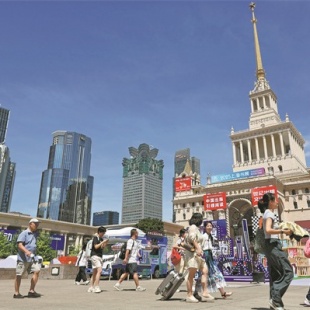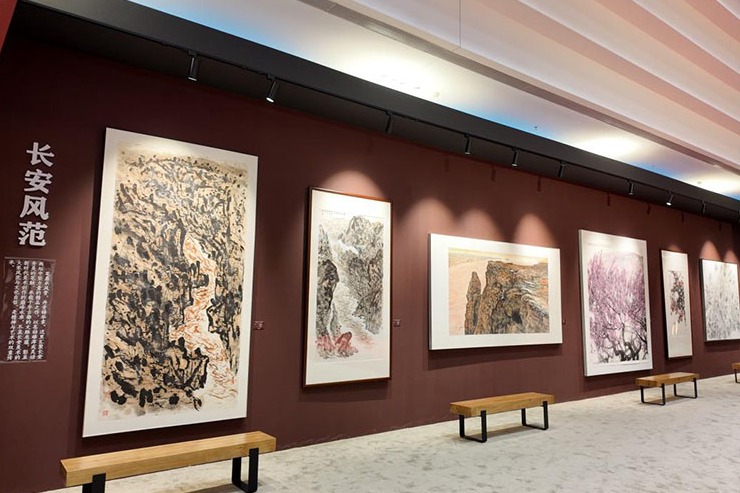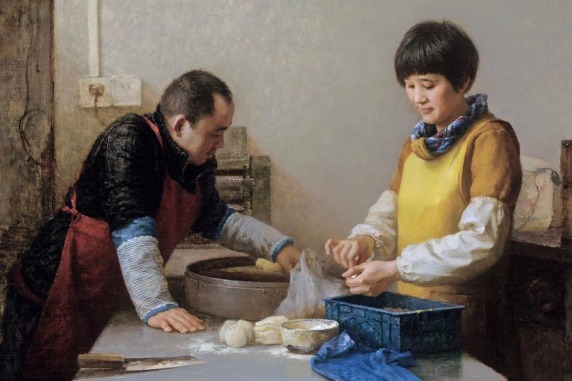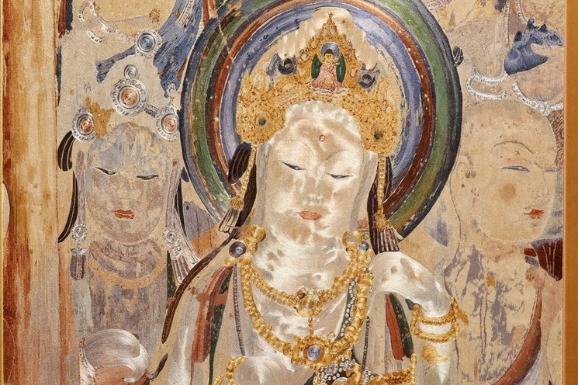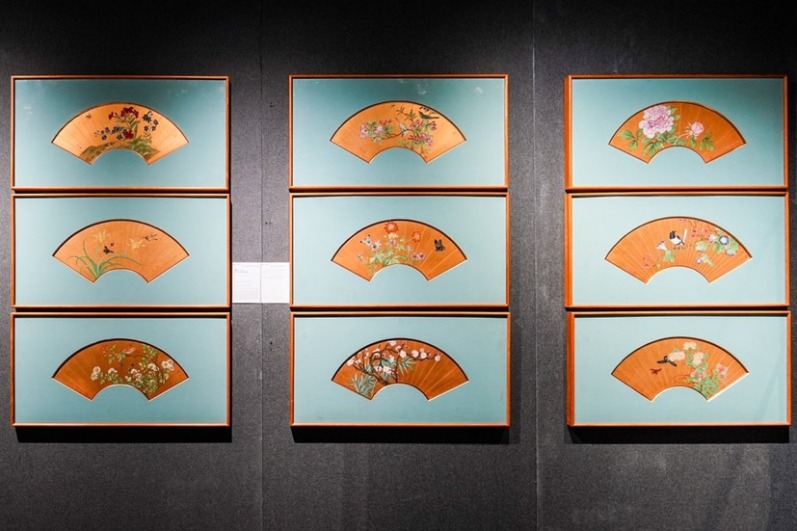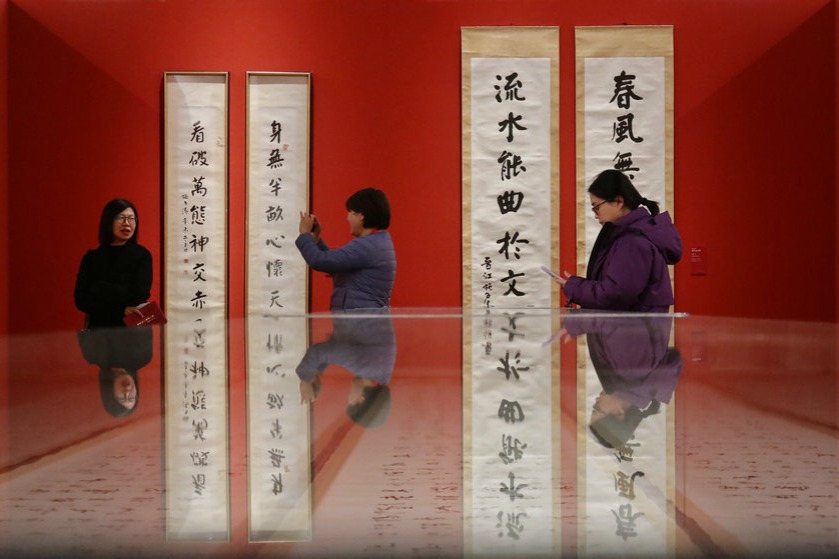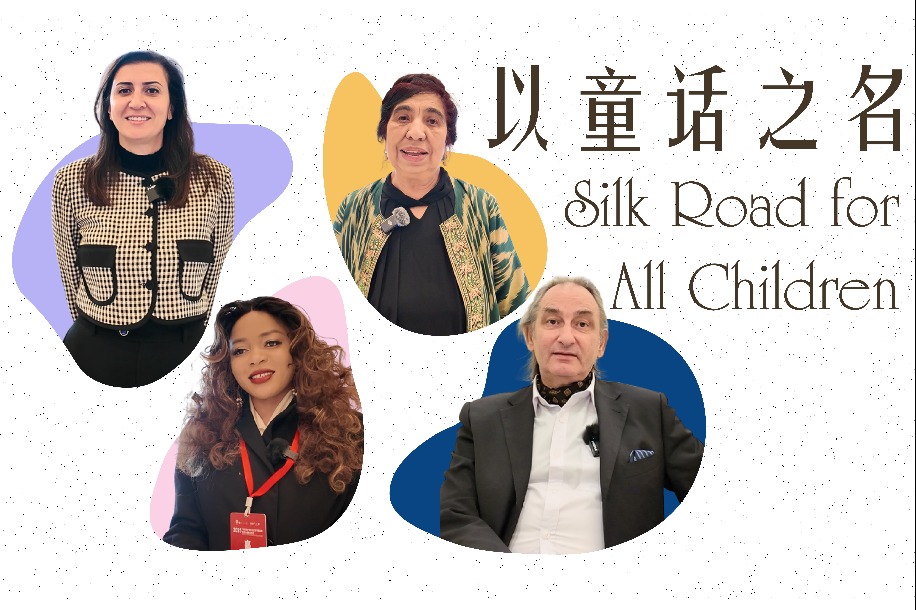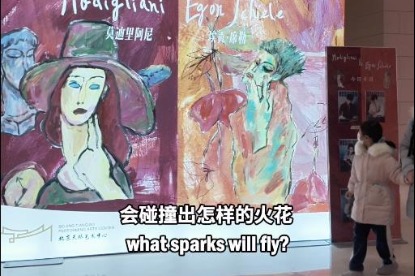Publications plot a successful story
Visitors to fair scramble to printing house pavilions to grab the latest products related to their favorite stories, boosting traffic and revenue, Zhang Kun reports.


Many publishers consider the annual festival the perfect occasion to bring book editors face-to-face with readers. During the fair, dozens of editors work at the East China Normal University Press pavilion, recommending their works to readers and receiving immediate feedback. "This type of communication feels intimate, as it goes beyond the web and social media," says He.
"Even academic books about subjects lesser known to the public find their target audience at the Shanghai Book Fair," echoes Xu Jun, former executive director of Zhonghua Book Company, who introduced the latest publication of Nan Shi, or History of the Southern Dynasties, part of The Twenty-Four Histories, a collection of Chinese history books covering the period from 3000 BC to the 17th century.
Literature-related creative merchandise introduced by different publishers and book companies has substantially driven book sales, Zeng found. They brought more public interest to the book fair, and bore the distinctive and unique branding identity of each publisher. These items "have brought literature back to people's daily lives, stirring echoes in the crowd, and driving more people to fall in love with reading", he says.
The Shanghai Translation Publishing House presented one of the most popular pavilions during the book fair, with 40 percent of its floor space dedicated to merchandise such as notepads with covers reminiscent of its classic publications in the early 1980s, socks, canvas bags, and passport holders featuring book titles and authors like Shakespeare and Virginia Woolf.
One of the most esteemed publishers of translated literature in China, the press has built a solid fan base over decades, says Han Weidong, president of the publishing house. "We developed our merchandise to engage our readers and provide better service, " Han tells China Daily.
The merchandise must be closely related to books and align with the cultural tones of the publishing house, he says. Last year it achieved sales of more than 600,000 yuan from non-book merchandise at the fair, about the same revenue as book sales.
Jian Heng, head of the publishing company's merchandise brand Seven Seas Studio, tells China Daily: "We want our merchandise to feature the same high quality as our publications".
"It's not enough to introduce merchandise that only satisfies a reader's need for emotional attachment to a certain book or publisher," Jian says. "We want people to enjoy good, quality products with great aesthetics that they will love and use for a long time."


